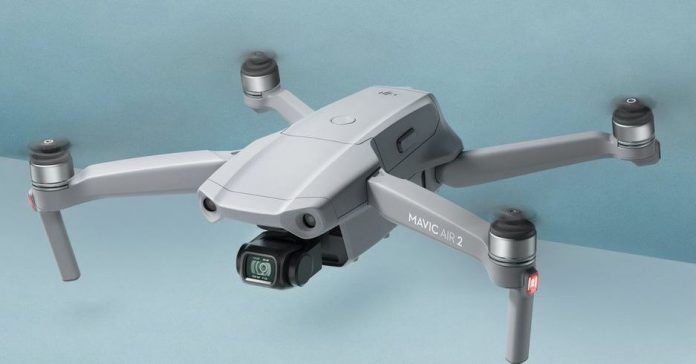Kenya Airways has unveiled the country’s first drone cage, which will be used to train Unmanned Aerial Vehicle pilots.
The airline will use the facility for training and testing of drones and drone equipment through its subsidiary, Fahari Aviation.
Fahari Aviation stated that it is positioning itself to be at the forefront of exploring advanced future aviation technologies while also promoting safe and secure use of Unmanned Aerial Systems (UAS) in Kenya.
Fahari Aviation is tasked with developing and implementing future aviation technologies as part of the airline’s strategy to contribute to Africa’s long-term development by championing new dimensions within the industry through the use of drones and unmanned aircraft.
Fahari Aviation has also created the Fahari Drone Club, a community for UAS enthusiasts that provides members with a platform to network and exchange best practices, as well as resources for learning and practicing methods and skills required for safe drone operations.
“Enabling an environment that will accelerate innovation, knowledge exchange and fast track the use of unmanned aircraft within the country and beyond is critical in exploring the drone phenomenon as we seek to innovatively find solutions that address some of our societal problems and pain points,” said Hawkins Musili, General Manager of Fahari Aviation.
According to Mr. Musili, the drone cage will provide a safe environment for practice and training, while the drone club will provide a forum for drone enthusiasts to help expand the UAS business in Kenya and the region.
KQ director Michael Gichangi said that the company has been a pioneer in aviation innovation over the years, leading to the establishment of Fahari Aviation and the first drone containment facility in Nairobi.
“The future of aviation is based on identifying opportunities for innovation and diversification to build a resilient business that is committed to the sustainable development of Africa,” said Mr Gichangi.
He stated that they hope to see more creativity, research, and development of UAS technology in communities by collaborating with partners, corporations, colleges, industries, and people via the drone cage.
KQ’s entry into the drone market is part of the company’s effort to diversify its operations and reduce its reliance on passenger transportation. Historically, the airline’s primary source of revenue has been passengers.
Passengers now account for more than 85 percent of the airline’s revenue, with cargo accounting for about 10 percent.



















